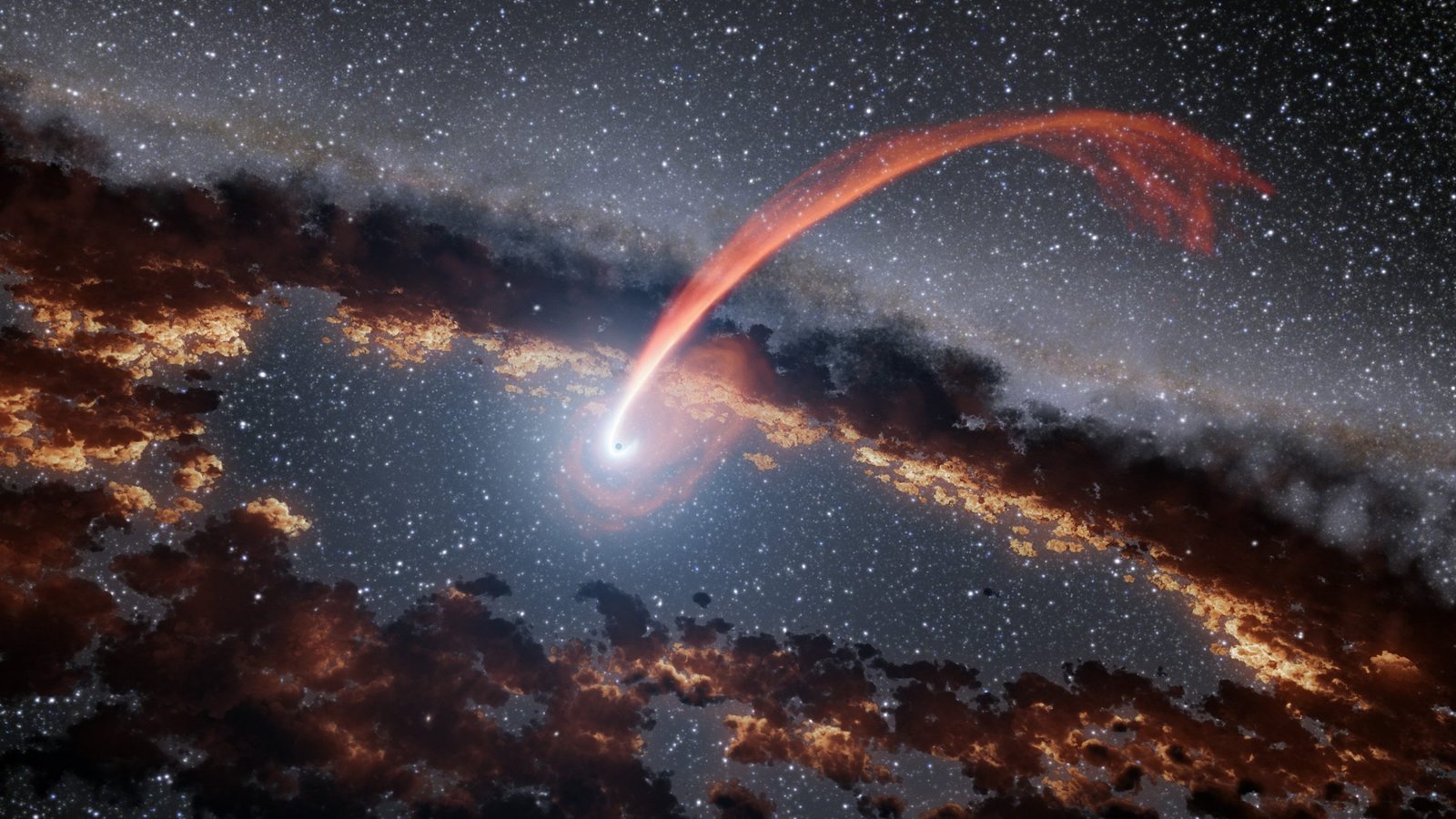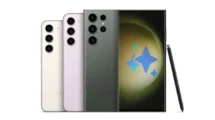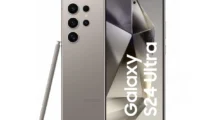Astronomers have captured tidal disruption flares from a Supermassive Black Hole gulping the stars. This is the fourth potential light echo based on WISE data has been reported by Ning Jiang, a postdoctoral researcher at the University of Science and Technology of China.
Gargantuan black holes can be termed as the vacuum cleaners of the space and are splendid at swallowing up the matter and their immediate surrounding due to their immense gravitational pull. The Black Hole has always been an enigma, and it is only now that we understand its properties. Whenever an unfortunate star passes within its sphere of influence, it is sucked into the hole and gets stretched and compressed as it is sucked in.
Stellar Tidal Disruption
The above phenomenon is termed by astronomers as “stellar tidal disruption.” It releases a gigantic amount of energy which manifests itself as a flare brightening the surroundings. Some such flares have been observed by astronomers, but the rarity and the quickness of the incident make it a bit difficult to understand.
However, the latest NASA’s Wide-field Infrared Survey Explorer is helping scientists to understand such cosmic events better. The Explorer studies how surrounding dust absorbs and re-emits their light, like echoes. It, in turn, helps astronomers to better measure the energy of such flares with much more precision.
“Our study confirms that the dust is there, and that we can use it to determine how much energy was generated in the destruction of the star,” said Varoujan Gorjian, an astronomer at NASA’s Jet Propulsion Laboratory, Pasadena, California, and co-author of the paper led by van Velzen.
Using Time Lag to Better Understand Black Holes
Whenever flares are created in any black holes which are devouring a star, high energy radiations within a broad spectrum including ultraviolet and X-ray light are released destroying any dust which is in the close vicinity. However, dust which is further from the black hole can survive the radiation and later gives off radiation in the infrared radiation.
WISE calculates this infrared emission from the dust near a black hole. It gives vital clues about tidal disruption flares and the nature of the dust itself. This process is known as “photo-reverberation” where the lag between the first flash which is in the visible spectrum and the later infrared light variation is used to determine the distance between the dust and the Black Hole.





